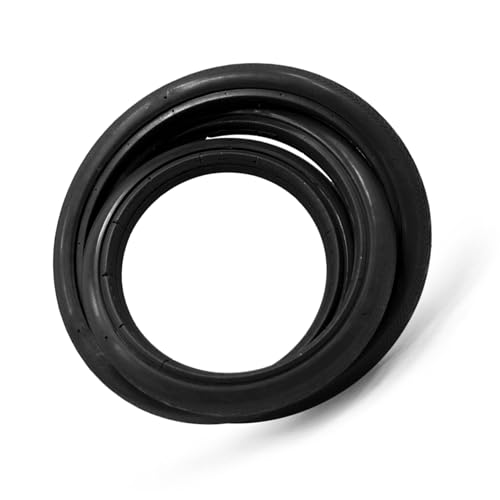Bike Tire Size Guide
Looking for the perfect fit? Check out these Best-Selling Bike Tire.
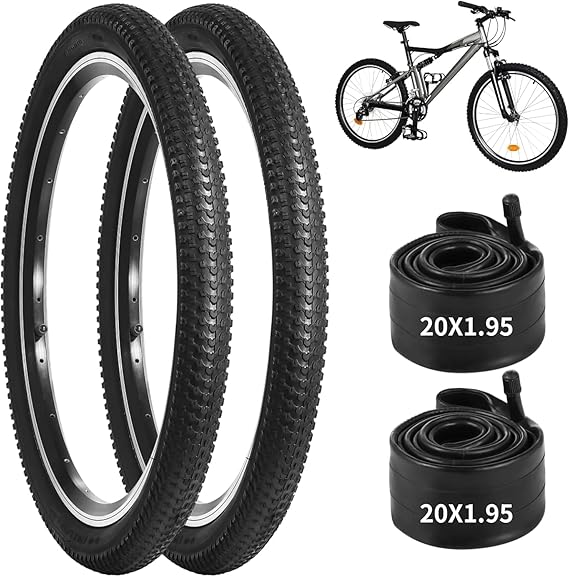
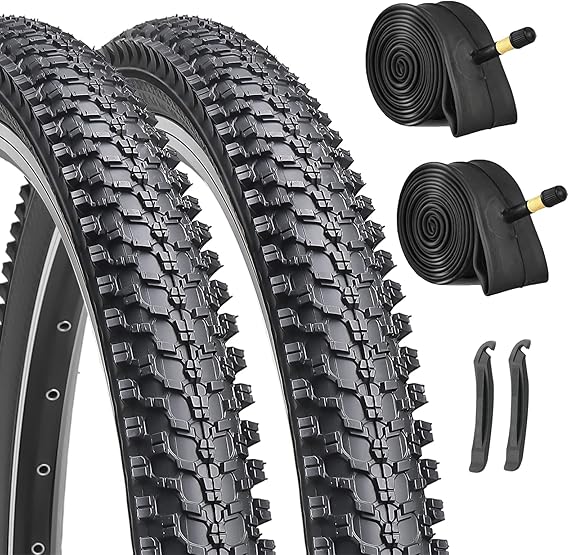
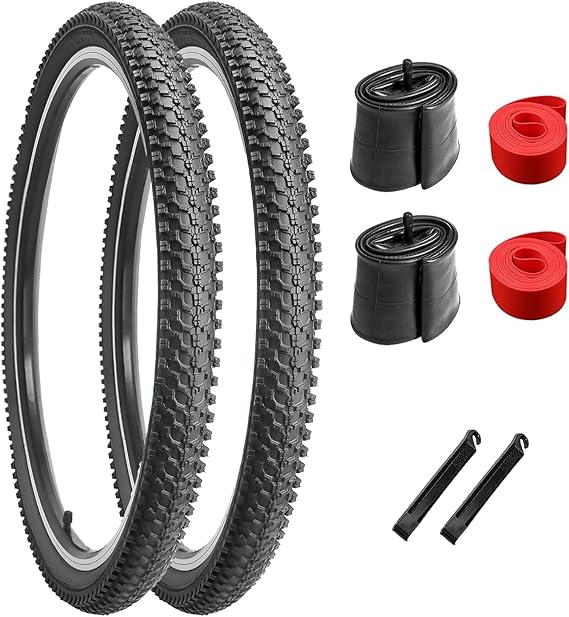
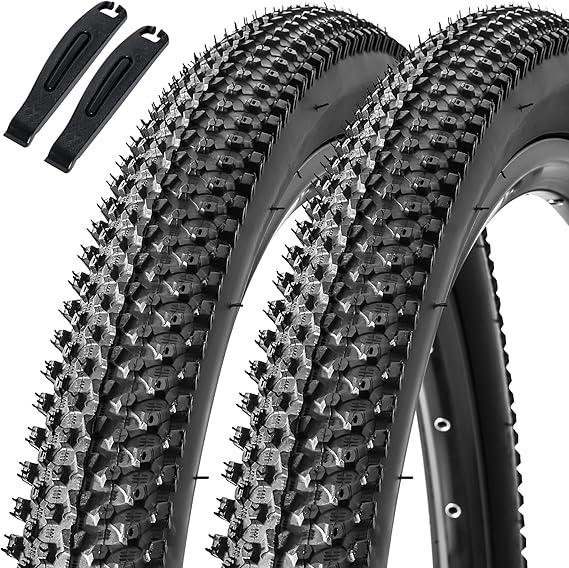
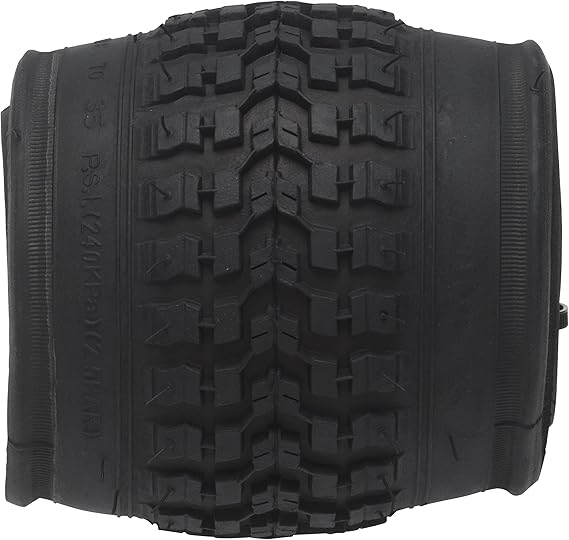
The Ultimate Guide to Bike Tire Sizes – Understanding Height, Width, and Fit
When it comes to choosing the right bike tire, size matters more than you might think. The correct tire size ensures optimal performance, comfort, and safety while riding. If you’re unsure about the right tire size for your bike, don’t worry this guide will break down everything you need to know about bike tire sizes, including a detailed bike tire size chart, factors to consider, and tips for choosing the right one for your bike type and riding style.
1. What Are Bike Tire Sizes?
Bike tire sizes are not just a simple matter of diameter or width—they involve several key measurements that influence the overall performance, comfort, and safety of your ride. The size of your bike tire determines how it fits into the bike frame, how well it grips the road or trail, and how efficiently it handles different types of terrain.
Typically, bike tire size consists of three main components: tire diameter, tire width, and sometimes the aspect ratio. These measurements are important because they affect ride comfort, stability, and rolling resistance.
Key Components of Tire Size:
- Diameter: This refers to the overall size of the tire, typically measured in inches or millimeters. It indicates how large or small the tire is in relation to the wheel.
- Width: The width of the tire refers to how wide the tire is when inflated. Wider tires provide more traction, while narrower tires can reduce rolling resistance and increase speed.
- Aspect Ratio: The aspect ratio is used in some tire sizes to describe the height of the tire’s sidewall in relation to its width.
2. Understanding the Tire Size Notation
Bike tire sizes are often written in a specific format, such as:
- ISO (International Organization for Standardization) notation: This includes two numbers: the tire width (in millimeters) and the tire diameter (in millimeters). Example: 37-622.
- Traditional fractional or inch notation: This is the common format in the United States and is usually expressed as a fraction, such as 26 x 2.0 or 29 x 1.75.
- ETRTO (European Tire and Rim Technical Organization): This system is widely used in Europe and specifies the tire width and diameter in millimeters. Example: 50-622.
Let’s break down an example of a tire size notation: 37-622.
- 37: This is the tire width in millimeters.
- 622: This is the diameter of the tire (in millimeters), measured from one bead to the other bead.
3. Bike Tire Size Chart
Choosing the right tire size can be confusing due to the different notations and measurements. Below is a comprehensive bike tire size chart that will help you understand the various sizes available based on diameter and width.
| Size (Traditional) | ISO/ETRTO Size | Description | Ideal Use |
|---|---|---|---|
| 20 x 1.75 | 44-406 | Small, compact tire size | Kids’ bikes, folding bikes |
| 24 x 1.75 | 47-507 | Slightly larger than 20″ | Youth bikes, mountain bikes |
| 26 x 1.75 | 47-559 | Standard mountain bike tire | Mountain bikes, hybrids |
| 26 x 2.0 | 50-559 | Wider mountain bike tire | Off-road bikes, mountain bikes |
| 27.5 x 2.2 | 56-584 | Modern mid-size mountain tire | Trail bikes, cross-country bikes |
| 29 x 2.0 | 50-622 | Standard 29er tire | Cross-country, mountain bikes |
| 700C x 23mm | 23-622 | Narrow road tire | Road bikes, racing bikes |
| 700C x 28mm | 28-622 | Wider road tire | Road bikes, touring bikes |
| 700C x 35mm | 35-622 | Gravel or hybrid bike tire | Touring bikes, gravel bikes |
| 700C x 38mm | 38-622 | Versatile touring tire | Touring bikes, cyclocross bikes |
| 700C x 50mm | 50-622 | Fat tire for gravel/commuting | Gravel bikes, touring bikes |
4. How to Measure Bike Tire Size
Measuring bike tire size can be tricky, especially if you’re unfamiliar with the different types of measurements. Here’s how you can determine the size of your current tire:
Step-by-Step Guide:
- Look for the sidewall markings: Most bike tires will have their size written on the sidewall. Look for the following formats: 26 x 1.75 or 700C x 32mm.
- Use a tape measure for diameter: If the size is not listed, measure the diameter of the tire (from one side to the other) when it is inflated. Make sure to measure the tire, not just the rim.
- Measure the width: Measure the width of the tire from side to side. This is typically easier to measure than the diameter.
Tips for Accurate Measurement:
- Inflate the tire: Make sure the tire is properly inflated to get an accurate reading.
- Check the tread: Sometimes the tread pattern can affect the width slightly, so measure it at the widest point.
5. Choosing the Right Tire Size for Your Bike
Choosing the right tire size involves a few considerations based on your bike type, riding style, and terrain. Here’s how to match the perfect tire size to your needs:
Consider the Bike Type:
- Mountain Bikes: Typically, mountain bikes use wider tires (such as 26 x 2.0 or 29 x 2.2). These tires provide better grip and cushioning for rough trails.
- Road Bikes: Road bikes tend to have narrower tires (like 700C x 23mm) to minimize rolling resistance and improve speed on smooth pavement.
- Hybrid Bikes: Hybrid bikes often use mid-range tire sizes like 700C x 28mm or 700C x 35mm, which offer a good balance of comfort and performance.
- Gravel Bikes: For gravel or touring bikes, tires like 700C x 38mm or 700C x 50mm provide better stability on uneven surfaces.
Terrain Considerations:
- Smooth Pavement: If you plan to ride mostly on paved roads, go for a tire with less width (e.g., 700C x 23mm or 700C x 28mm).
- Off-road: If you plan to ride on dirt, gravel, or rocky trails, opt for wider tires with more tread (e.g., 26 x 2.0 or 27.5 x 2.2).
- Mixed Terrain: For a mix of both paved roads and trails, choose a tire like 700C x 35mm for a hybrid bike or 29 x 2.0 for a mountain bike.
6. Factors That Influence Tire Height and Size
Several factors influence your choice of tire height (or diameter) and size:
- Bike Frame Size: Not all bike frames can accommodate every tire size. Be sure to check your bike’s specifications to determine the maximum tire size your frame can handle.
- Riding Style: Road cycling, mountain biking, commuting, and touring all have different tire requirements. Narrower tires are better for speed, while wider tires are better for comfort and stability.
- Weather and Terrain: If you’re riding in wet or muddy conditions, wider tires with more grip will provide better traction. For dry and paved roads, narrower tires will give you speed and efficiency.
7. Types of Bike Tires and Their Ideal Sizes
Road Bike Tires:
- Ideal Sizes: 700C x 23mm, 700C x 25mm, 700C x 28mm
- Best For: Paved roads, racing, and long-distance cycling.
- Performance: Narrower tires are ideal for speed and performance on smooth, paved surfaces.
Mountain Bike Tires:
- Ideal Sizes: 26 x 2.0, 27.5 x 2.2, 29 x 2.0
- Best For: Off-road trails, rocky terrain, and dirt paths.
- Performance: Wider tires provide better grip, cushioning, and stability on rough, uneven surfaces.
Hybrid and Gravel Bike Tires:
- Ideal Sizes: 700C x 28mm, 700C x 35mm, 700C x 38mm
- Best For: Mixed terrain, road cycling, and light off-road use.
- Performance: These tires are versatile, offering a
balance of speed and comfort across a variety of surfaces.
8. Converting Between Different Tire Size Notations
Sometimes, you may come across different tire size notations and wonder how to convert them. Here’s a quick guide for converting between traditional fractional sizes, ISO, and ETRTO sizes.
Example:
- Traditional Size: 26 x 2.0
- ISO/ETRTO Size: 50-559
- Conversion: The first number (26) refers to the diameter, while the second number (2.0) refers to the width of the tire in inches. The ISO size is the width in millimeters (50) and the diameter (559) in millimeters.
9. How Tire Size Affects Performance
The size of your bike tire can significantly impact your riding experience. Here’s how it affects performance:
- Tire Diameter: A larger diameter tire can cover more ground with less effort, making it better for long-distance cycling. Smaller tires are typically better for faster acceleration.
- Tire Width: Wider tires offer better traction and stability, especially on rough terrain. Narrow tires are designed for speed and efficiency on smooth roads.
- Pressure: Tire pressure also plays a critical role in performance. High pressure makes a tire stiffer, improving speed but reducing comfort, while low pressure makes the ride softer but reduces speed.
10. Maintenance and Care Tips for Bike Tires
To ensure your bike tires stay in good shape for longer, follow these maintenance tips:
- Regularly Check Tire Pressure: Underinflated tires can cause more drag and make cycling harder, while overinflated tires can increase the risk of blowouts.
- Inspect for Damage: Regularly check for punctures, cracks, or worn-out treads.
- Keep Tires Clean: Clean tires with water and a brush to remove dirt and debris.
- Rotate Tires: Rotate your tires periodically to ensure even wear.
11. Conclusion
Choosing the right bike tire size is crucial for ensuring a smooth, comfortable, and efficient ride. By understanding how to read tire sizes, the different types of bike tires available, and how to choose the correct size for your bike and riding style, you can make an informed decision that enhances your cycling experience.
Always remember to check your bike frame specifications and the type of terrain you’ll be riding on when selecting your tires, and ensure proper tire maintenance to extend their lifespan. Happy cycling!





